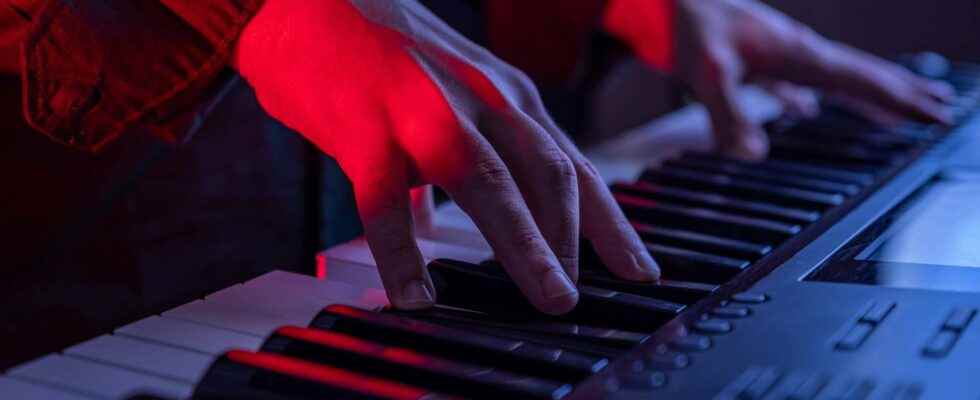In most cases, digital piano manufacturers offer quality items. The offer has expanded and the choice is no longer so simple. What features should you consider when choosing a digital piano?
You will also be interested
[EN VIDÉO] A soap bubble that dances to the music No need for brushes to paint with music, it’s possible with soap! Researchers from the Matter and Complex Systems laboratories and the Interdisciplinary Physics Laboratory presented a device for observing the effect of sound on soap films: several physical phenomena create spectacular and fascinating patterns.
As we have already pointed out, the market is full of models of digital pianos which have completely different characteristics, so that it can seem complicated to make the right choice when you find yourself in a store on the day of purchase. The most important thing is to choose the right one keyboardof the brand that suits, adapted to your needs and also, of course, to your budget, because here again, the range is very wide.
Portable keyboard or furniture piano?
Easy to transport or move from room to room, portable keyboards are generally more affordable in terms of price and they usually come with a pedal and music rest (you will need to purchase a stand in this case). in addition, a foot).
The furniture piano, on the other hand, is often less economically accessible, because the finishes are often more advanced, these models usually have three pedals.
Types of keyboard
You will have to choose between several options, for example the number of keyboard keys (61 notes, 76 notes and 88 notes). The 88-note keyboard is a carbon copy of a classic piano and is therefore suitable for when you want to feel comfortable playing just about any classic acoustic piano. To put it simply, most of the time, when you opt for a 61 or 76-key keyboard, it depends on the space you have at home.
Then there is the touch which can also vary at the level of the keys. We distinguish the synthesizer keyboard which is light and flexible (61 and 76 notes), the semi-flexible or semi-weighted keyboard which reproduces almost the touch of the acoustic piano (a little more flexible all the same), and the heavy keyboard with weighted touch that is closer to the sensations you will have on an acoustic piano.
Consider that, for beginners and depending on the space you have at home, a 61 or 76 note keyboard, flexible or semi-weighted, will be sufficient, but if you later want to tackle complex pieces (such as classical, example), you may need to opt for a 88 keys.
The sounds and the possibilities offered
Nowadays, digital keyboards offer more or less instruments in synthetic sounds, but also a minimum of two piano sounds at least. In terms of polyphony, i.e. the number of notes that can be played at the same time (and layered), in general, the modern keyboards offer 64 notes, which is already very interesting and more than enough for beginners.
The keyboards also offer many functions that will simplify their use, whether it be accompaniment (rhythm machine), metronome, the possibility of recording (function rarely present at entry level) to listen to themselves or to record only one hand, then the other and superimpose them, or whether it is the “split” (to divide the keyboard into two different sounds per half of the keyboard) and the “layer” (the superposition of sounds).
The connection is also to be taken into consideration because, nowadays, certain models now offer sockets USB which will allow you to connect a USB key. So you can play music and play over it, or export your track on said key in order to play it on another media, such as a computer, a station equipped with a USB port.
the Bluetooth is also increasingly present on digital pianos, and it allows in particular, from your laptop or your Tabletto access a whole bunch of options via from apps dedicated; ergonomics is much more practical in this way.
In conclusion
Of course, the choice you are going to make will depend on the size and the space you have at home, but also on your budget, however, there are a multitude of parameters that you will have to take into account in order to properly identify your needs and what you plan to achieve with your numeric keypad. Keyboards with 61 notes are reserved for beginners and children, or users occasional.
As we are talking about high-tech products, we recommend that you preferably opt for a 76-note keyboard of good or very good quality, rather than choosing an entry-level 88-note keyboard, for example. This will save you hassle with electronics and cheap components; you will also gain in playing comfort and sound quality.
.
Interested in what you just read?
